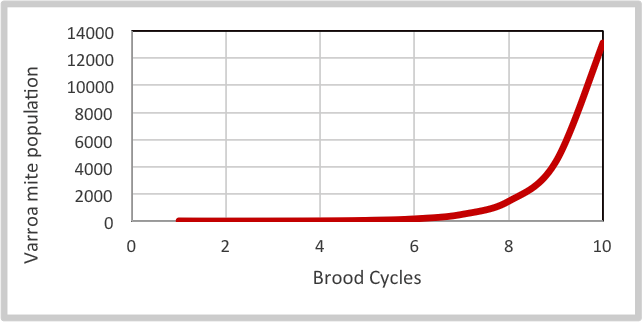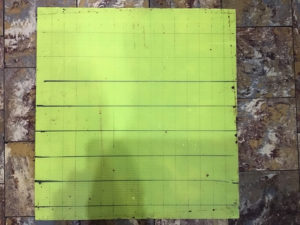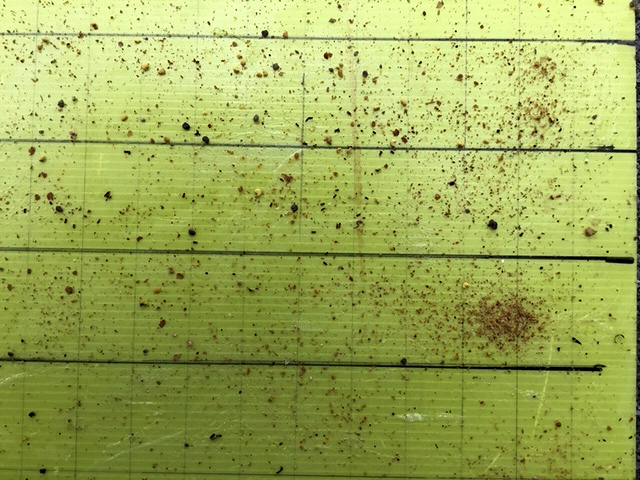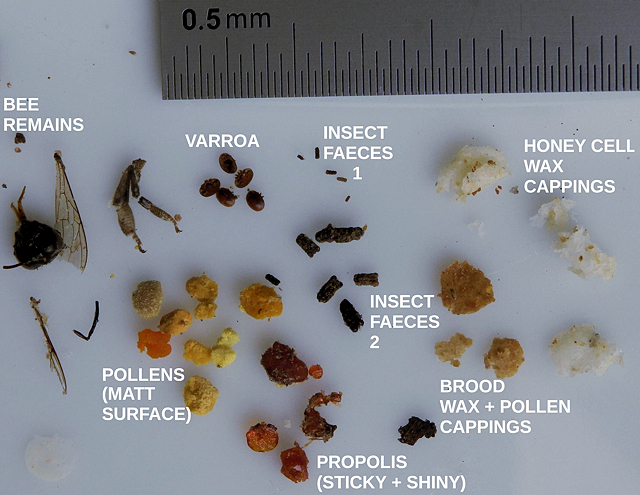OBKA Tutors Blog #13 – Varroa Monitoring
Monitoring Varroa is an important part of beekeeping. It gives you an insight into when treatment may be required. If left unchecked varroa mites will build up exponentially to a point where the colony becomes nonviable.
Varroa affects the colony in many ways.
- Deformed wings which are shrivelled and adopt a ‘spaghetti’ like appearance;
- Stunted abdomens;
- general weakening of the colony;
- Patchy/ pepper pot brood patterns;
- High level infestations can be a direct cause of colony loss;
- The mite is also a vector of a number of viruses. Although bee viruses usually persist as unapparent infections and cause no overt signs of disease, they can dramatically affect honey bee health and shorten the lives of infected bees under certain conditions.
Source of information: Beebase

One of the easiest methods of estimating the number of varroa is by inserting the varroa board below the open mesh floor. Before you do, it’s worth drawing squares on to your board, as it will make counting easier. If you also give it a light coat of Vaseline it will hold any mites dropping onto the board.

The board is then inserted onto the runners under the mesh floor and left for 7 days, then removed, a count can then be made. The lines on the board aid counting. Many events though the year have an effect on the number of mites in a colony so the number you get now needs to be entered into a ‘varroa calculator’ follow the link below and follow the instructions.
http://www.nationalbeeunit.com/public/BeeDiseases/appresults.cfm?
The result will advise when you will need to treat your bees. Keep checking the varroa count through the season but don’t leave the board in when not in use it defeats the object of open mesh floors.

Varroa mite drop on a monitoring board

...but not everything on the monitoring board is varroa!
David Lord